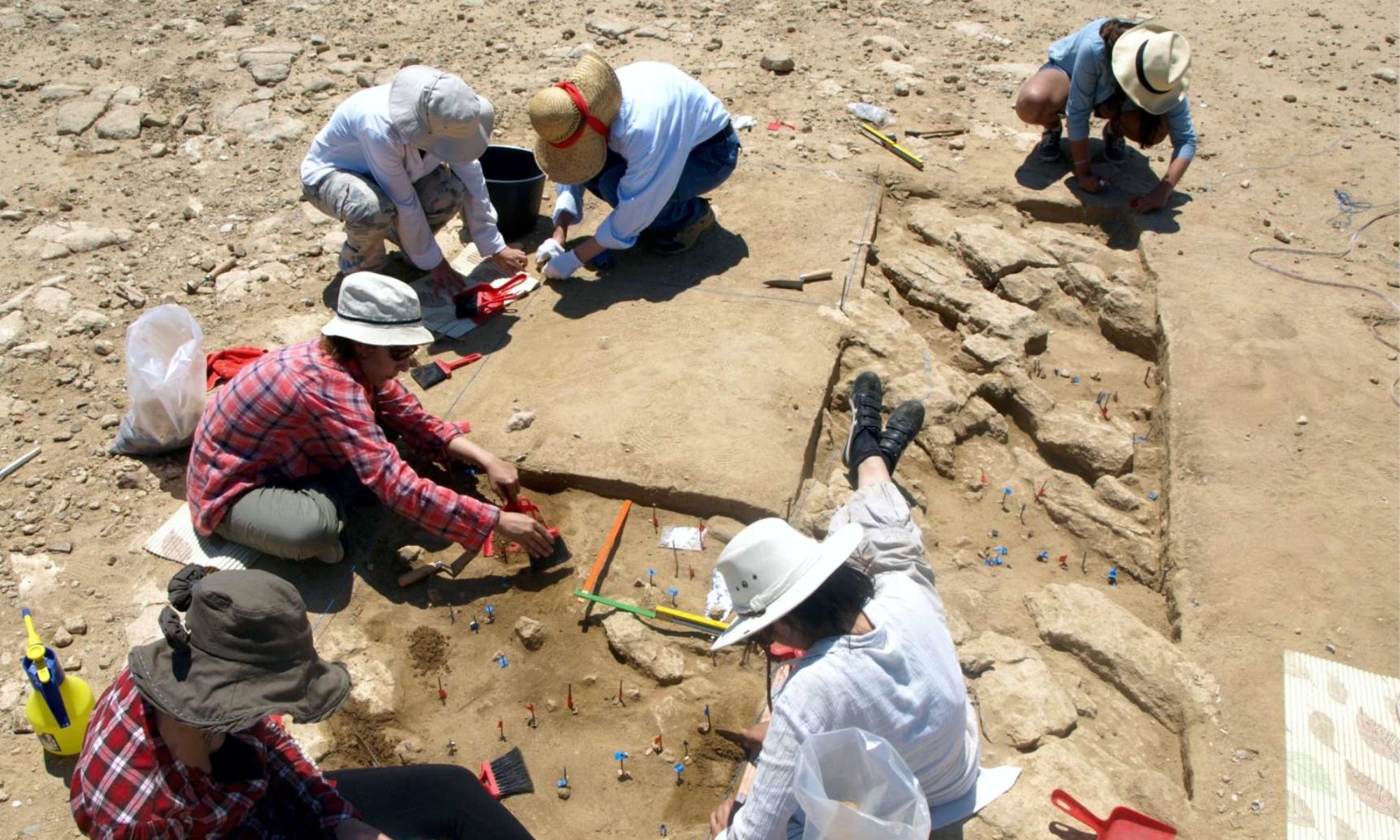The fieldwork related to the research is underlined by two main parameters: i. geoarchaeology / paleo-landscape and ii. palaeoenvironment.
The above objectives require combined considerations, which include predictive modelling of where people would have lived in the reconstructed landscape (physical environment, on-land or submerged), assessment of where archaeological deposits would have been preserved and discovery of locations where the archaeological material is visible and accessible. This is particularly evident in the coastal zone of Fyssini which while it may reflect promising ecological diversities (plant and animal life, supplies of fresh water) in general, we are sort of sound indications which could document human presence based on hunting and gathering.

The only way therefore to attain a geo-archaeological insight of the past landscape of Ouriakos and evidence of day-to-day human activities is through the successful reconstruction of coastal palaeogeography which specifically concerns with the formation of the eastern shore of the island of Lemnos and its present configuration in the late Pleistocene/early Holocene (13.000 to 12.000 years ago).
It is important to note that the study is designed around an archaeologically focused problem and brings together in collaboration earth scientists and archaeologists.


